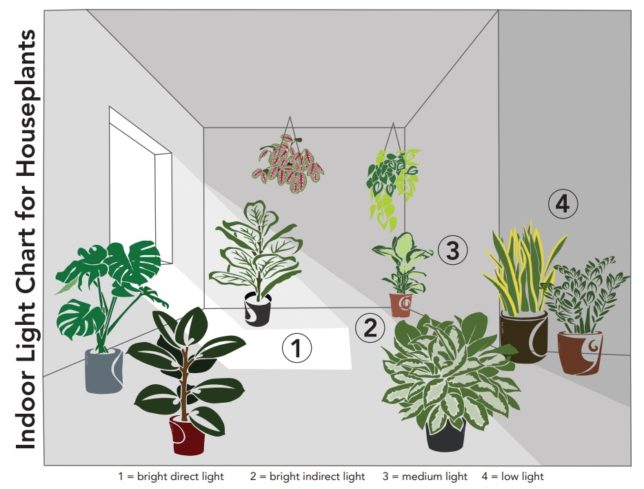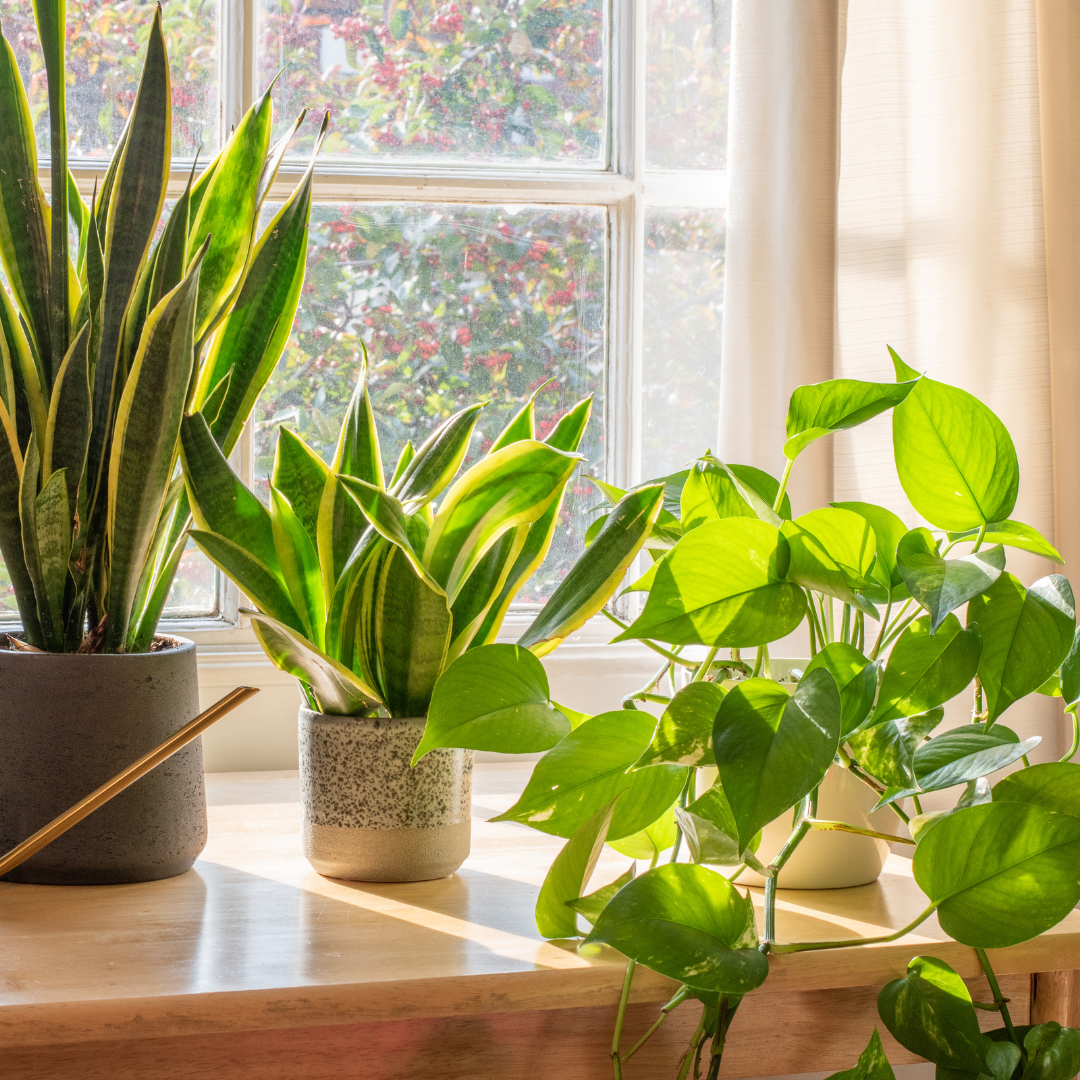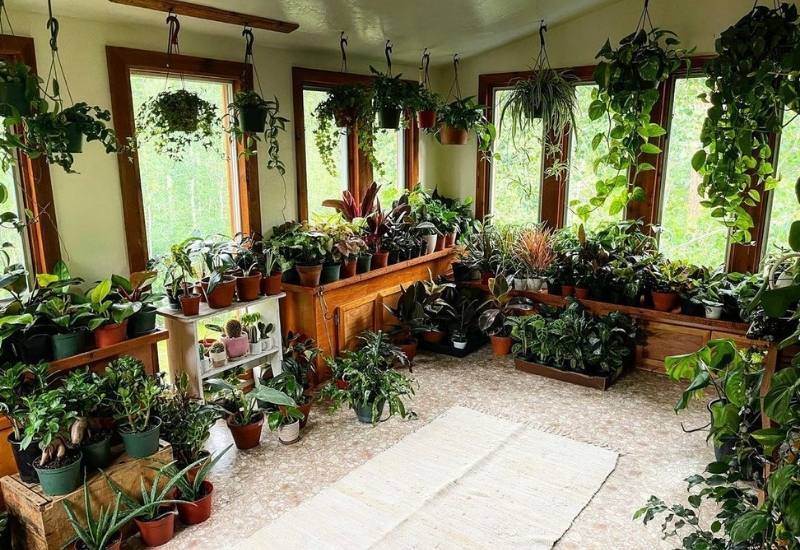Discover the Tricks of Low-Light Indoor Plants and Just How They Boost Your Setting
Low-light indoor plants have actually garnered increasing attention for their distinct capability to enhance both aesthetic charm and environmental high quality within homes and workplaces. These resistant varieties, consisting of the Serpent Plant and Peace Lily, not only flourish in challenging lighting conditions yet additionally play a pivotal role in air purification and psychological health. Understanding the specific advantages and treatment requirements of these plants can considerably influence your living room. As we discover the details of their benefits, you might discover insights that might change your environments in unforeseen ways.
Benefits of Low-Light Indoor Plants
Although numerous individuals assume that interior plants need bountiful sunlight to thrive, low-light indoor plants offer a plethora of benefits that make them ideal for numerous environments. Among the primary benefits is their adaptability; they can thrive precede with minimal natural light, such as workplaces, cellars, or spaces with tiny windows. This attribute enables people to enhance their environments with greenery, adding to boosted looks without the need for considerable lighting modifications.
Furthermore, low-light indoor plants can substantially boost interior air top quality by filtering hazardous toxic substances and releasing oxygen, making living rooms healthier. The visibility of plants has actually been connected to better sensations of peace and emphasis.
In addition, low-light plants often call for less maintenance than their sun-loving counterparts, making them perfect for busy individuals or those brand-new to horticulture. Their strength permits them to love minimal intervention, thus giving a rewarding experience for plant enthusiasts and novices alike. In recap, low-light interior plants serve both practical and aesthetic functions, making them important additions to any kind of room.
Leading Low-Light Plant Selections
Low-light indoor plants come in a variety of species, each offering one-of-a-kind features and advantages fit for dim atmospheres. Among the most prominent ranges is the Serpent Plant (Sansevieria), known for its air-purifying capabilities and architectural leaves. This resilient plant prospers on neglect and can endure a vast array of light conditions.
An additional superb option is the ZZ Plant (Zamioculcas zamiifolia), which features glossy, dark green fallen leaves and is extremely drought-tolerant. Its versatility makes it a preferred for offices and homes with limited sunlight.
The Pothos (Epipremnum aureum) is also a leading contender, with its routing vines and heart-shaped fallen leaves - Best low-light indoor plants. This flexible plant can be educated to climb or cascade, including visual interest to any room

Treatment Tips for Low-Light Plants
Looking after low-light indoor plants needs a nuanced understanding of their details needs to make certain optimal development and vitality. Initially, it is important to select the right potting mix, as a well-draining soil is critical to protect against root rot. A blend created for houseplants, often containing peat moss and perlite, works well for a lot of low-light selections.
Watering is another crucial facet of treatment. Low-light plants normally need less frequent watering contrasted to their sun-loving counterparts.
Fertilizing must be come close to with this caution. Throughout the expanding period, a watered down fluid plant food can be applied monthly, however in cold weather, numerous low-light plants go into inactivity and call for little to no fertilizing.
Lastly, it is essential to occasionally clean the leaves to remove dirt, permitting far better light absorption. By sticking to these treatment pointers, you can grow a successful environment for your low-light interior plants, improving both their look and long life.
Enhancing Air Top Quality With Plants
Interior plants play a significant role in enhancing air quality within homes and workplace. With the process of photosynthesis, these plants take in carbon dioxide and release oxygen, adding to a healthier atmosphere. Additionally, certain low-light indoor plants have the capacity to filter hazardous contaminants, such as benzene, formaldehyde, and trichloroethylene, which are frequently located in indoor atmospheres.

Moreover, the presence of indoor plants can increase humidity levels, which aids relieve completely dry skin and respiratory system concerns, better boosting general wellness. This capability to improve air high quality not only promotes physical health but also sustains psychological health.
Integrating low-light indoor plants into your living and working spaces can lead to an extra vibrant and stimulating atmosphere (Best low-light indoor plants). Investing in these all-natural air cleansers is a basic yet efficient technique for enhancing interior air high quality and fostering a much healthier way of living
Producing a Peaceful Indoor Room
The combination of plants into living rooms not only enhances air top quality however also adds to a relaxing anonymous environment. Low-light interior plants, such as snake plants and pothos, are particularly reliable in creating a calm atmosphere, as they thrive in problems that may or else be inhospitable for various other greenery. Their lavish foliage provides a soothing aesthetic, minimizing tension and advertising relaxation.
Including these plants into your home try this or office can stimulate a sense of tranquility and well-being. Purposefully putting them in areas where you invest considerable time, such as living rooms or work spaces, permits an immersive experience with nature, which has actually been shown to enhance mood and cognitive feature.
Additionally, the gentle movement of leaves in feedback to air flow can develop a vibrant visual aspect that boosts the overall atmosphere. Take into consideration using a range of plant elevations and appearances to add depth and rate of interest to your area. With thoughtful positioning and treatment, low-light indoor plants can transform any type of location right into a serene sanctuary, promoting not just visual fulfillment yet also emotional and mental health.

Final Thought
Incorporating low-light interior plants into different environments returns significant advantages, including boosted air high quality and enhanced visual appeal. These durable species not just flourish in marginal light but additionally add to a calming atmosphere, advertising psychological and psychological health. By choosing ideal varieties and carrying out proper care strategies, individuals can effectively grow a serene indoor area that cultivates wellness and performance. The transformative power of low-light plants underscores their value in boosting both property and job-related settings.
Although numerous people assume that indoor plants require bountiful sunshine to grow, low-light interior plants use a wide variety of benefits that make them optimal for different environments.Furthermore, low-light indoor plants can significantly enhance interior air high quality by filtering harmful toxic substances and launching oxygen, making living rooms healthier. Furthermore, certain low-light interior plants have the ability to filter harmful toxins, such as formaldehyde, trichloroethylene, and benzene, which are commonly located in indoor environments.
Low-light interior plants, such as snake plants and pothos, are specifically efficient in creating a calm setting, as they flourish in problems that may or else be unwelcoming for other plant.Integrating low-light indoor plants into numerous atmospheres yields substantial benefits, consisting of boosted air high quality and enhanced visual allure.
Comments on “Explore the Best Low-Light Indoor Plants for Easy and Stylish Home Decor”